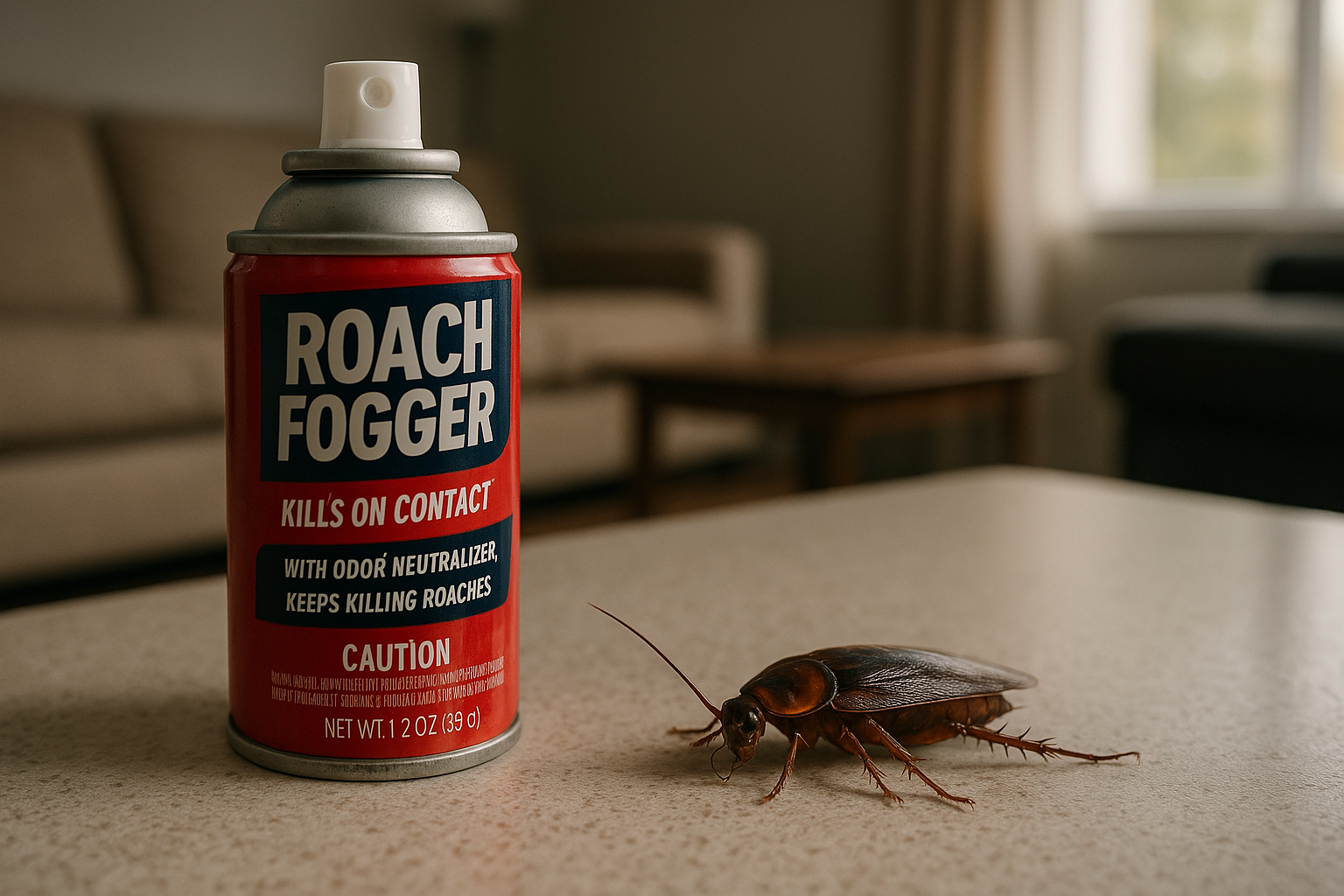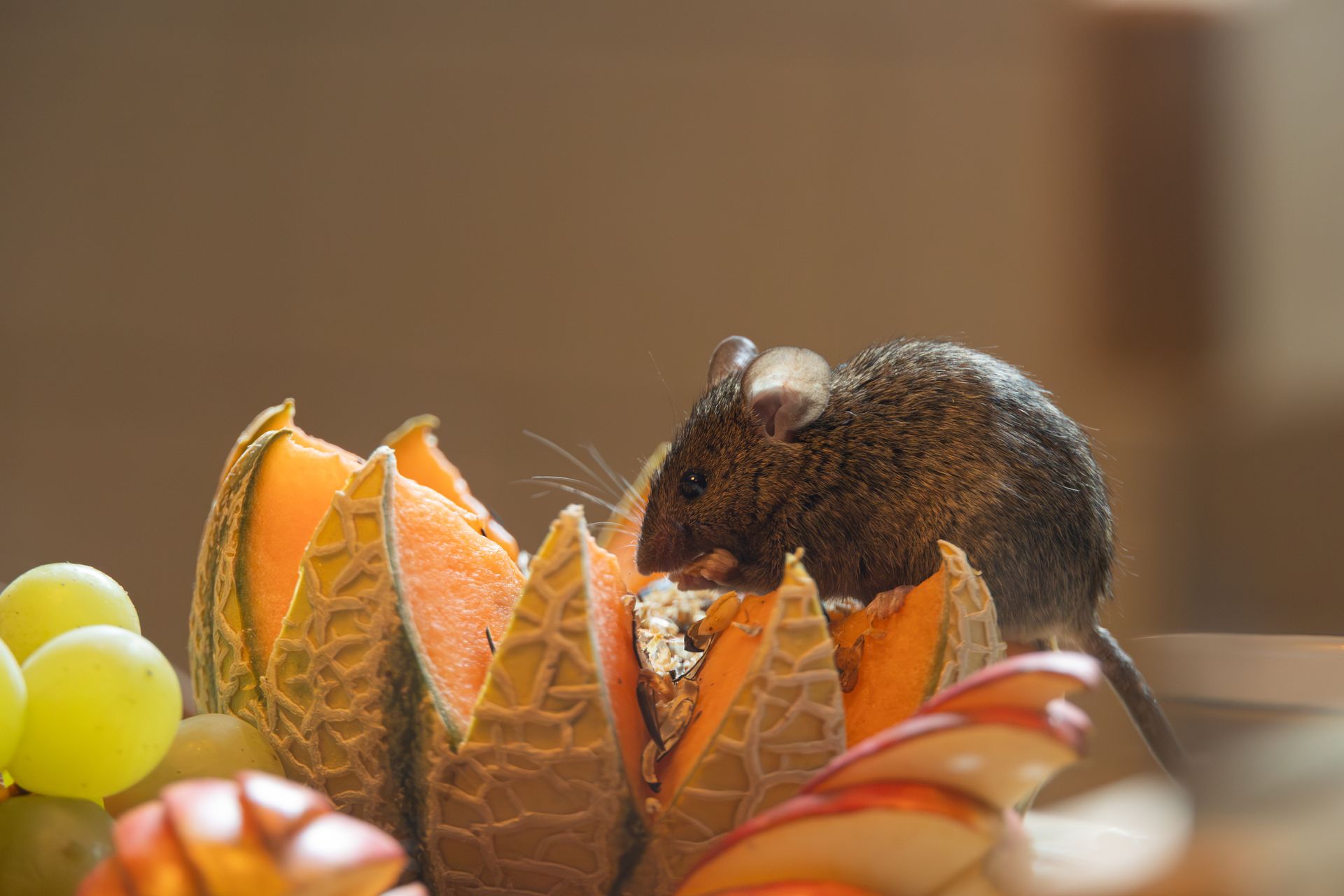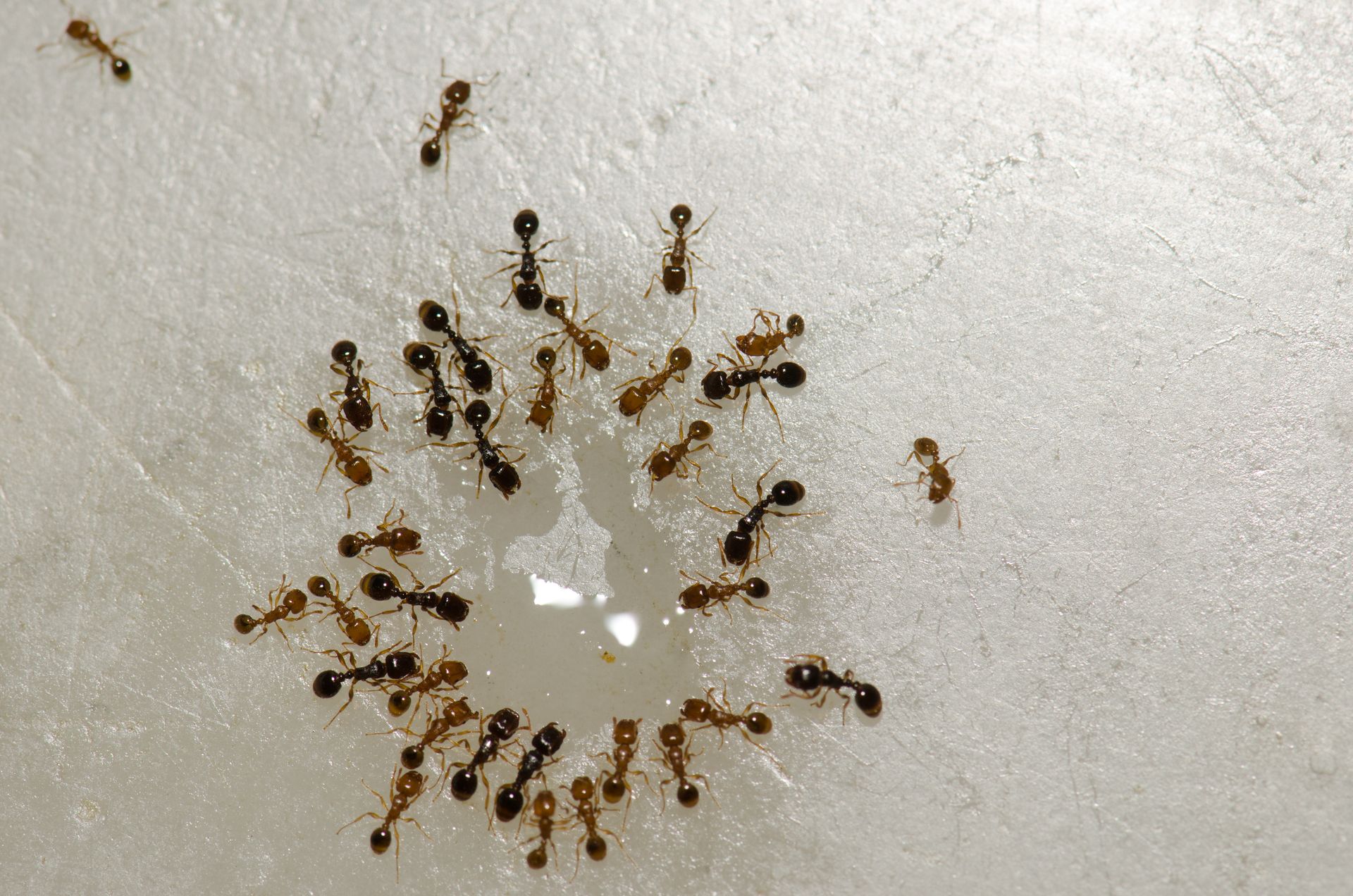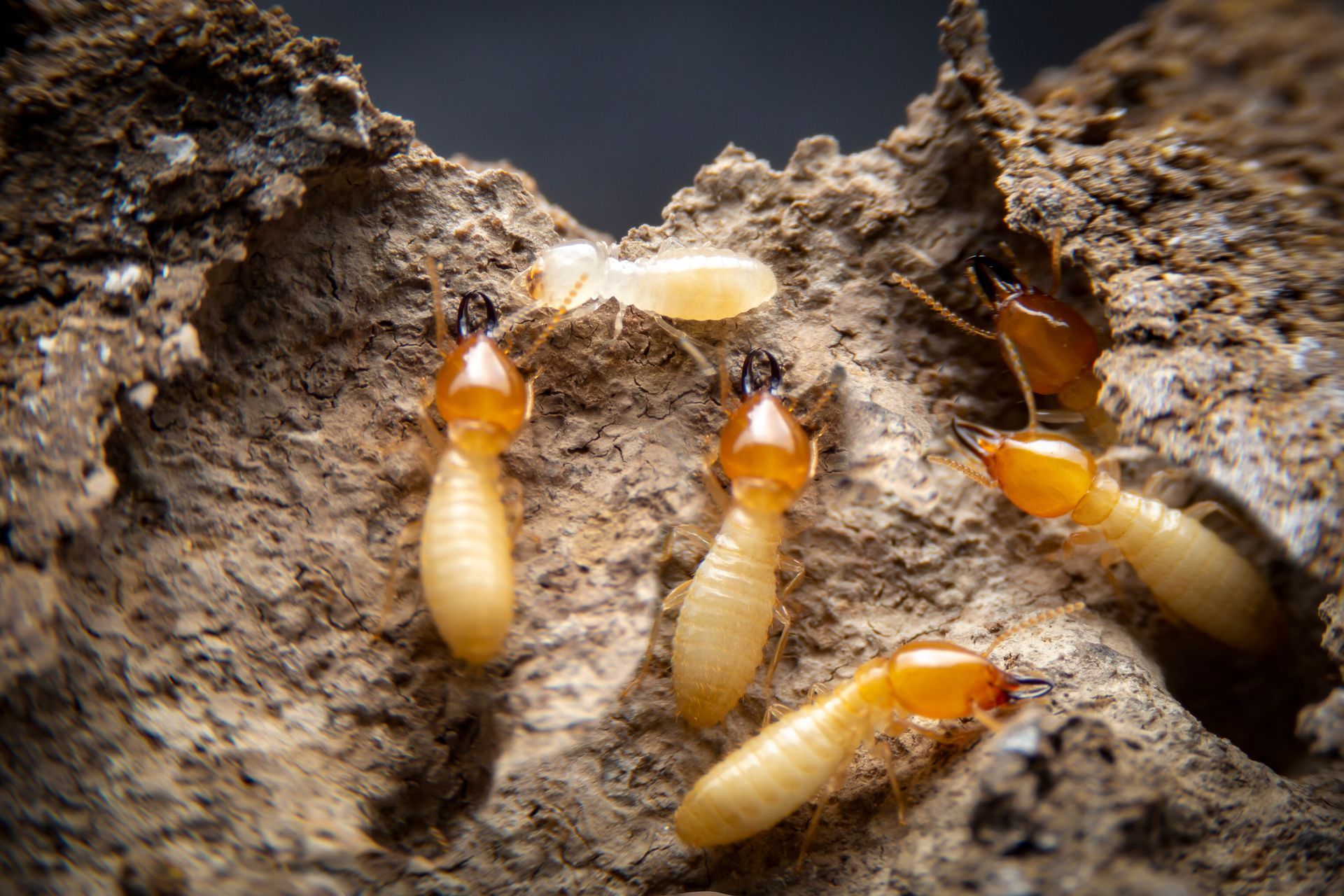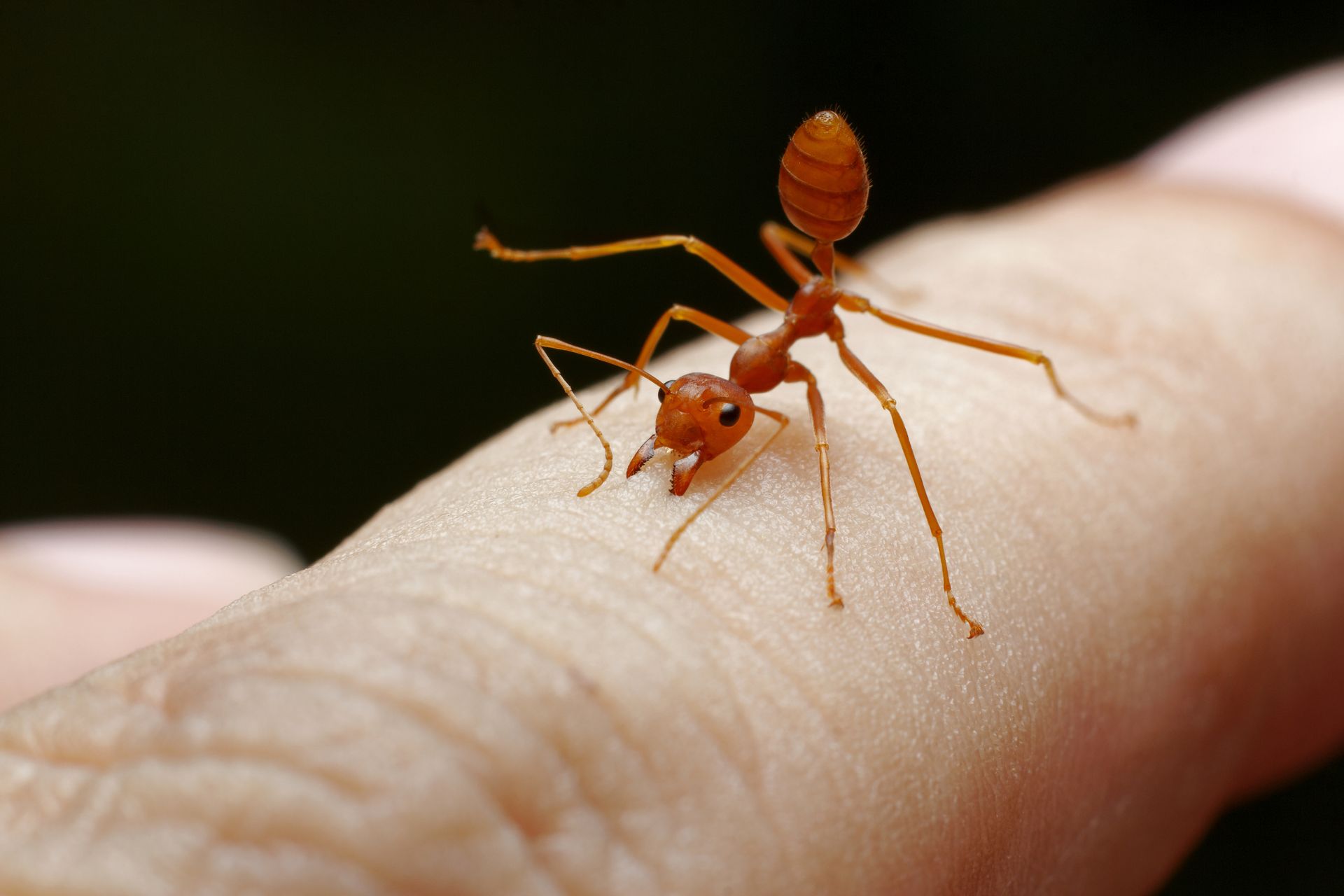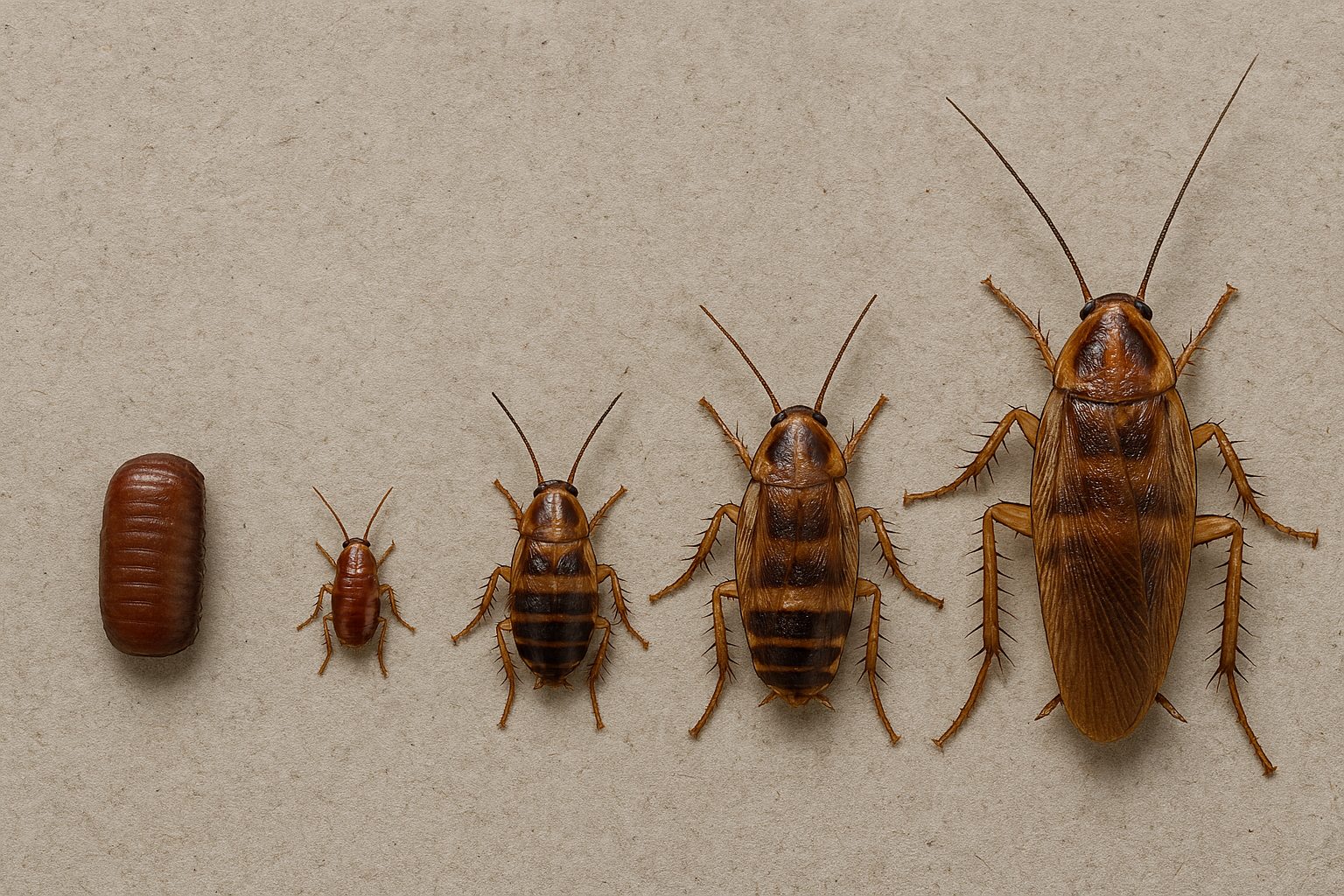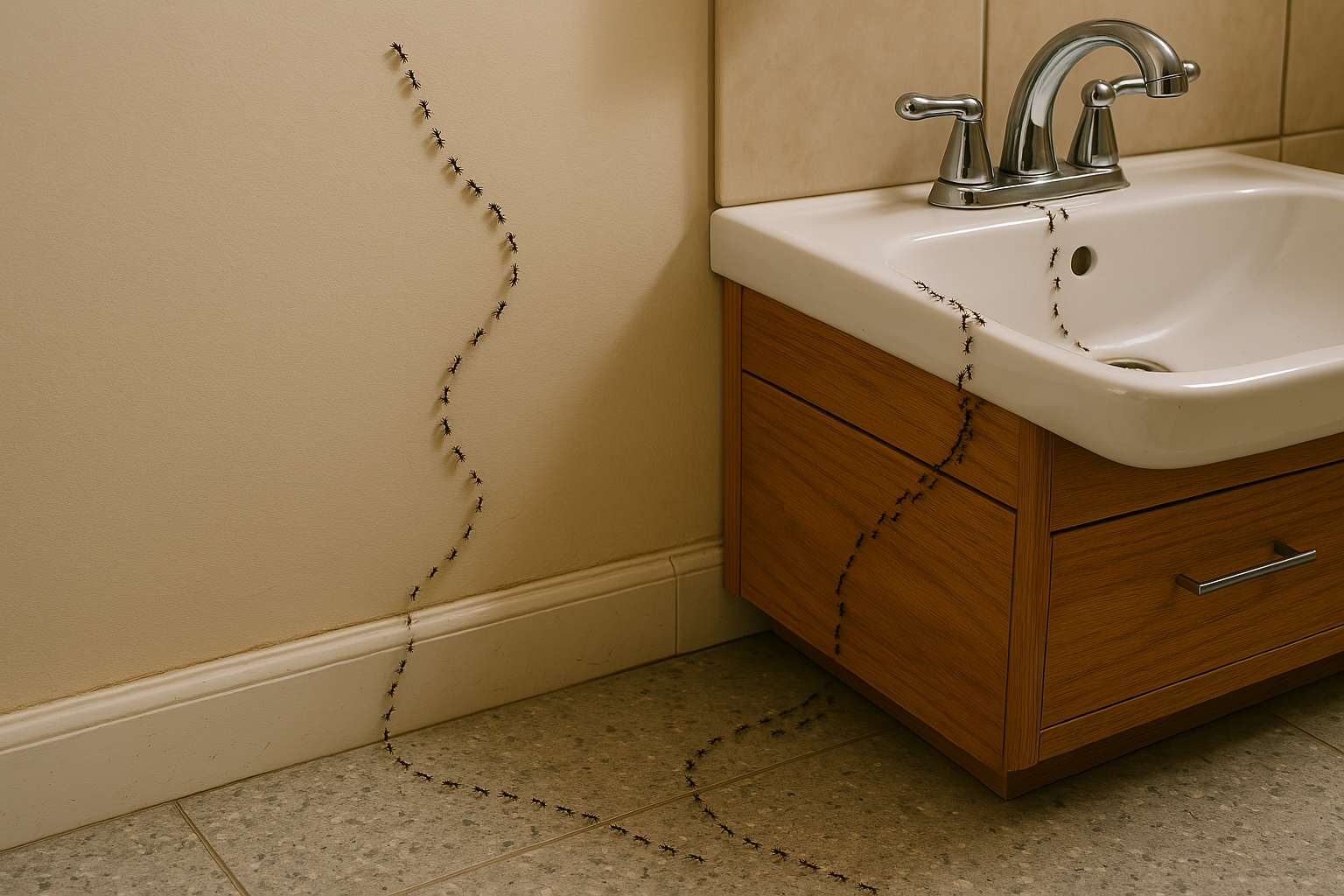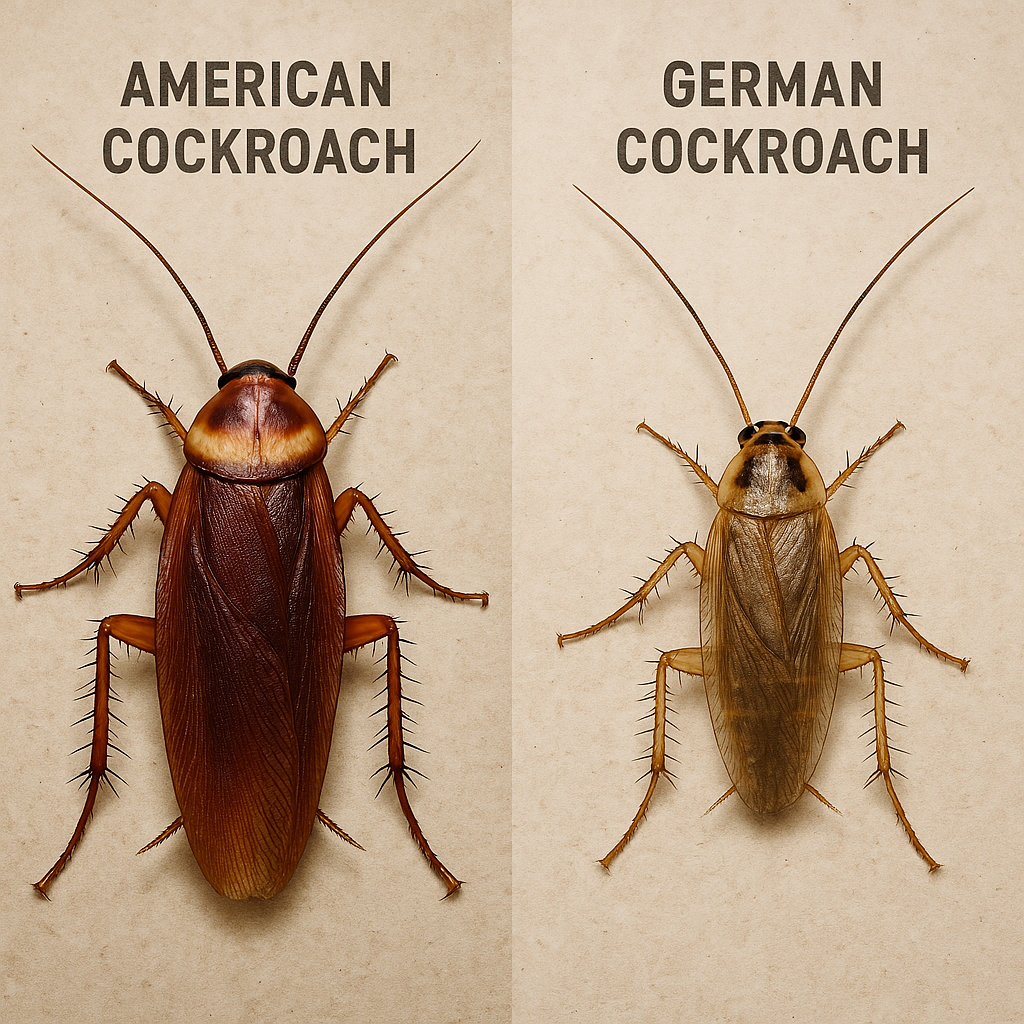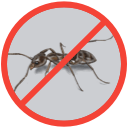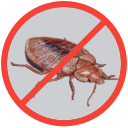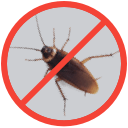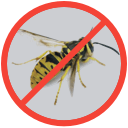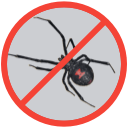Where Do Ants Live?
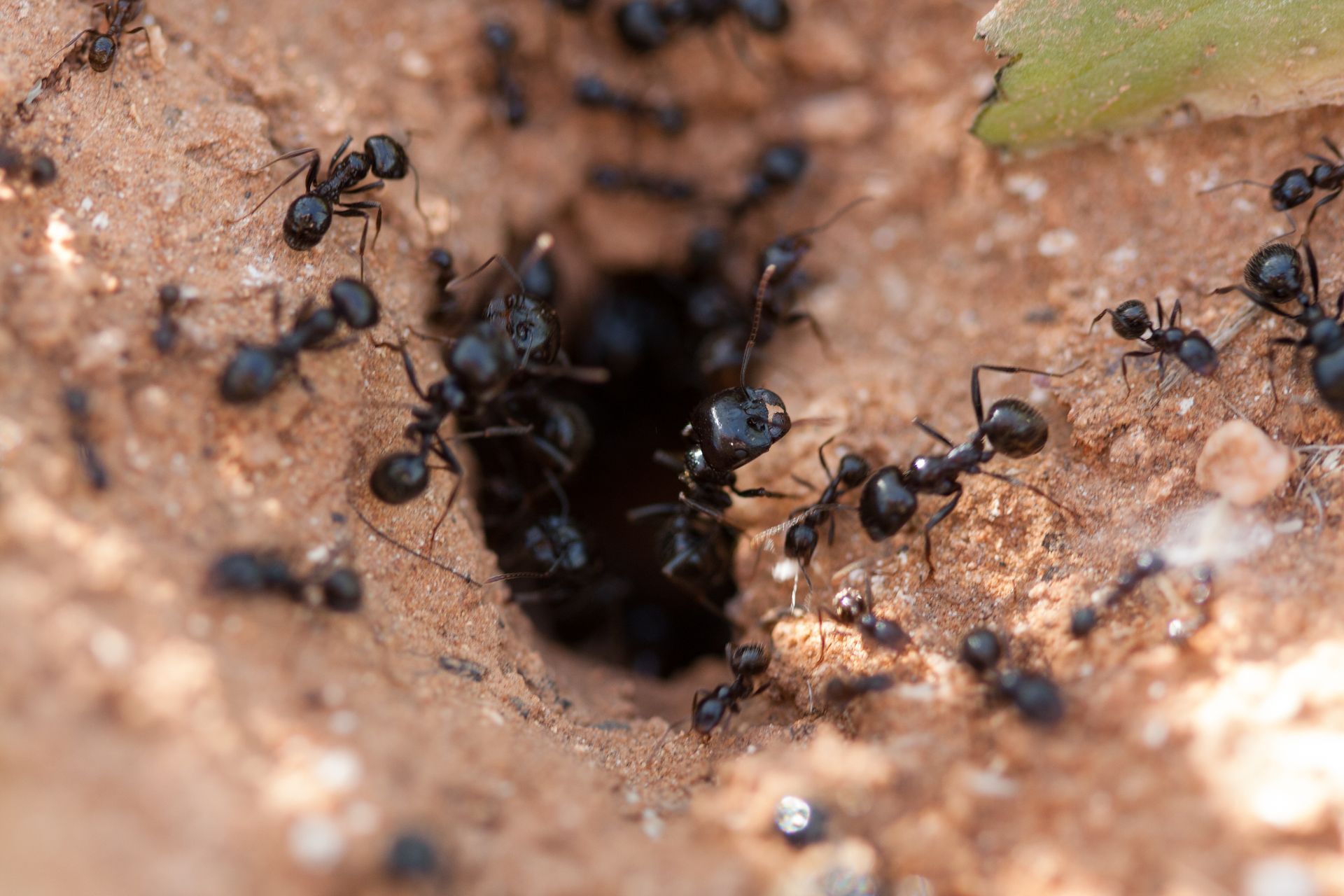
Ants are among the most successful organisms on Earth, inhabiting virtually every landmass except Antarctica. These remarkable insects live in diverse habitats ranging from deep underground colonies to the walls of our homes, with over 15,000 known species worldwide demonstrating extraordinary adaptability across different environments. Understanding where ants establish their colonies is crucial for both appreciating their ecological importance and effectively managing their presence when they become household pests.
The Ubiquity of Ants Globally
Ants have been around for over 100 million years, which has made them one of the dominant terrestrial invertebrates found on this planet. Ants can be found on every continent except Antarctica, thriving in environments ranging from tropical rainforests to urban landscapes. This widespread distribution reflects their remarkable ability to acclimate to various climates, food sources, and nesting opportunities.
The social structure of ant colonies plays a crucial role in their habitat selection. Each colony operates as a superorganism with specialized castes including queens, workers, and males which all require specific environmental conditions for survival. These needs include reliable food sources, adequate moisture, temperature regulation, and protection from predators, all of which influence where ants choose to establish their homes.
Where Do Ants Live Outside?
Different ant species prefer different habitats, but most ant habitats can be identified within one of the following categories.
Natural Underground Habitats
The majority of ant species construct their primary colonies underground, creating complex networks that can extend several feet below the surface. Ant colonies demonstrate sophisticated architectural planning in their underground constructions, with some species creating galleries that reach depths of 25 feet below the surface. These subterranean cities feature multiple levels of chambers connected by intricate tunnel systems, each serving specific purposes within the colony's social structure.
Soil type significantly influences underground colony construction. Different ant species show distinct preferences for soil composition, with some favoring sandy soils that allow for easy excavation, while others thrive in clay rich environments that provide structural stability. The depth and complexity of these underground networks vary considerably by species, with some creating simple, shallow burrows while others, like leafcutter ants, construct elaborate multichambered systems that can house millions of individuals.
Above Ground Natural Habitats
While many people associate ants primarily with underground colonies, numerous species establish their homes in above ground locations. Tree dwelling ants represent a significant portion of ant diversity, particularly in forested environments.
Tree and Wood Structures
Carpenter ants frequently inhabit dead logs and decaying timber, where they excavate galleries within the wood for shelter. These wooden habitats include:
- Dead logs and stumps that provide pre-softened wood for easy excavation
- Standing dead trees (snags) offering vertical nesting opportunities
- Fallen branches accumulating moisture and decay
- Tree hollows created by woodpeckers or other natural decay processes
Living trees also host ant colonies, often in mutually beneficial relationships. Many ant species form symbiotic partnerships with trees, protecting them from herbivorous insects in exchange for shelter and food resources. These arboreal ant communities can be surprisingly complex, with some tropical species constructing "ant gardens" by planting epiphytic plants in their tree based nests.
Vegetation Based Nesting Sites
Beyond trees, ants exploit various plant based habitats that provide essential resources. Research published in MDPI's journal Diversity highlights the importance of leaf litter habitats for ant biodiversity. These vegetation based homes encompass several microhabitats:
- The leaf litter layer serves as a critical habitat, where decomposing leaves create a moist, nutrient rich environment supporting numerous specialized ant species.
- Plant root systems offer another dimension, with ants establishing colonies among roots that provide structural support and access to root feeding insects.
- Garden mulch areas combine the benefits of moisture retention, temperature regulation, and proximity to decomposing organic matter that attracts ant prey.
Human Modified Outdoor Environments
The intersection of human landscapes and ant habitats creates unique nesting opportunities that many species readily exploit.
Gardens
Gardens represent one of the most attractive outdoor environments for ant colonization, creating perfect conditions for these adaptable insects. The regular disturbance of soil through planting, weeding, and cultivation makes excavation significantly easier for ants compared to compacted natural ground, while consistent moisture from irrigation systems creates ideal conditions for tunnel construction and brood development. Gardens support thriving ant populations through multiple resources:
- Diverse plant life that attracts aphids that ants farm for honeydew
- Flowering plants draw prey insects
- Decomposing organic matter in compost and mulch harbors smaller arthropods for protein
- The structural elements like raised beds, border materials, and garden paths provide protected nesting sites and foraging highways
This combination of disturbed soil, reliable moisture, abundant food sources, and diverse microhabitats makes gardens into ant metropolises that often serve as staging areas for eventual home invasion.
Landscaping Features
Our built environments also inadvertently create perfect ant habitats. Pavement ants, as their name implies, are the ant species most likely to be found exploiting many of these manmade features. Common nesting locations include:
- Under patios and walkways: The stable environment beneath paved surfaces provides year round protection
- Driveway cracks and expansion joints: These gaps offer easy entry points for colony establishment
- Garden bed edges: Where mulch meets lawn or hardscaping creates ideal moisture gradients
- Irrigation system components: Valve boxes and sprinkler heads maintain consistent soil moisture
Building Perimeters and Structural Elements
The areas immediately surrounding our homes create particularly attractive conditions for ant colonies. Foundation perimeters represent prime real estate because roof runoff increases soil moisture, while the building's thermal mass moderates temperature extremes.
Outdoor structures add another dimension to ant habitat availability:
- Storage sheds often lack proper moisture barriers which create damp conditions underneath
- Fence posts, especially wooden ones, provide vertical nesting opportunities as they decay
- Landscape timbers and retaining walls offer protected spaces between construction layers
- Outdoor electrical boxes and utility pedestals create warm, dry microenvironments
The Role of Yard Debris
Accumulated yard materials create ideal ant habitats by combining shelter with optimal environmental conditions. Woodpiles deserve special attention because they're not just random stacks of logs but carefully regulated environments where ants can find optimal moisture conditions due to pile architecture. The spaces between logs trap humid air while allowing excess water to drain which create conditions that carpenter ants find irresistible.
Similarly, organic waste and compost bins function another ideal ant habitat. The decomposition process generates heat and attracts diverse prey insects, while the varied materials provide different nesting substrates for multiple ant species. Even seemingly harmless items like stored outdoor furniture or stacked plant pots can harbor thriving ant colonies, especially when organic debris accumulates in hidden spaces.
Environmental Factors Influencing Outdoor Habitats
Climate considerations profoundly impact ant habitat selection and colony success. Understanding these factors helps explain why ants choose specific locations and how they adapt to local conditions.
Temperature Regulation Needs
Temperature control drives many ant habitat decisions. Most species require temperatures between 70-95°F for optimal brood development which leads to fascinating behavioral adaptations:
- The construction of mounds that capture and store solar heat represents one solution. These structures act like passive solar collectors, with ants adjusting mound angles seasonally to maximize heat absorption.
- During hot weather, some colonies excavate deep chambers, sometimes reaching six feet underground where temperatures remain cool and stable.
Different species show remarkable variation in their temperature management strategies. Desert ants create steep sided nests that minimize midday heat exposure, while forest species build shallow colonies beneath insulating leaf litter. Some species even relocate their brood daily, moving larvae and pupae between chambers to track optimal temperature zones within the nest.
Moisture as a Critical Resource
While temperature sets broad habitat limits, moisture availability often determines specific nest locations. Ants face a constant challenge because they need humidity for survival, but excess water drowns the developing brood. This delicate balance shapes habitat selection in several ways:
- Drainage patterns: Colonies avoid flood prone areas but cluster near reliable moisture sources
- Soil composition: Clay retains moisture but impedes excavation while sand drains well but desiccates quickly
- Vegetation cover: Plants moderate soil moisture through shade and transpiration
- Seasonal variations: Many species maintain multiple nest sites and relocate based on moisture availability
Geographic and Competitive Landscapes
Regional climate patterns create predictable ant distributions, but local competition adds complexity. Elevation gradients demonstrate this clearly, as you climb a mountain, ant species replace each other in predictable zones based on temperature and moisture tolerances. However, within each zone, intense competition shapes actual habitat use.
Dominant ant species often monopolize prime nesting sites, forcing subordinate species into marginal habitats. This competitive exclusion creates mosaic patterns where different species occupy adjacent but distinct microhabitats. For instance, one species might control sunny, well drained spots while another occupies shaded, moist areas just meters away. These competitive dynamics mean that understanding where ants live require considering not just physical habitat requirements but also the complex social landscapes they navigate.
Where Do Ants Live in a Home?
When ants invade homes, they exploit specific vulnerabilities in building structures to gain access and establish colonies. According to the National Pest Management Association, the battle against indoor ants often begins in two critical rooms.
The Kitchen: Ground Zero for Ant Activity (96% Vulnerability Rate)
Kitchens represent the perfect storm of ant attractants. The combination of food residue, moisture, and warmth creates irresistible conditions that draw ants from outdoor colonies. Key vulnerability zones include:
- Behind appliances: Where crumbs accumulate and condensation provides moisture
- Under sinks: Plumbing penetrations and occasional leaks create ideal entry points
- Inside cabinets: Especially lower cabinets near floors where pheromone trails concentrate
- Around pet feeding areas: Consistent food sources that ants readily exploit
Bathrooms: The Moisture Magnet (89% Vulnerability Rate)
The constant humidity in bathrooms supports ant colonies year round. Problem areas frequently include spaces behind toilets where condensation accumulates, under vanities where plumbing enters walls, around tub and shower enclosures where caulking fails, and near any water damaged flooring or subflooring.
Hidden Indoor Nesting Locations
Once inside, ants demonstrate remarkable adaptability in finding suitable nesting sites within building structures. These hidden colonies can persist for years, causing damage while remaining completely invisible to homeowners.
Inside Your Walls: The Invisible Colonies (73% Vulnerability Rate)
Wall voids represent the most common indoor nesting locations. These spaces provide everything ants need for successful colonization. Carpenter ants particularly favor interior wall cavities where they can access wooden structural members, creating smooth galleries through lumber while remaining hidden from view.
The infrastructure within walls offers additional opportunities:
- Electrical boxes and conduits provide protected pathways between rooms
- Gaps around outlet and switch plates create entry points into wall systems
- Insulation materials, whether fiberglass or foam, are easily excavated for nesting
- Plumbing runs introduce moisture that many species require
The Spaces Beneath: Floor and Foundation Networks
The interface between foundations and floor systems creates ideal conditions for ant colonization. Multiple factors converge in these areas to support thriving colonies:
- Crawl spaces combine earth contact with structural wood which creates highways between outdoor and indoor environments.
- The limited access to these areas means colonies can expand unchecked for years.
- Subflooring damaged by moisture becomes soft enough for easy excavation, particularly attractive to carpenter ants seeking nesting sites.
- Areas where concrete slabs meet walls develop cracks through settling and thermal movement.
- Gaps hidden beneath baseboards or flooring provide protected routes throughout buildings.
- The consistent temperatures found at foundation interfaces support year round colony activity, even in cold climates.
Unexpected Hideouts: Appliances and HVAC Systems (37% Vulnerability Rate)
Modern home systems inadvertently create perfect ant habitats. Large appliances generate waste heat that attracts ants during cooler months, while creating protected spaces that accumulate food debris and moisture. Refrigerators, in particular, support colonies in multiple ways:
- Compressor compartments provide warmth and vibration that doesn't disturb ants
- Condensations pans accumulate drip runoff which sustains moisture levels needed for dependent ant species
- The gap between appliance and wall creates protected travel routes
HVAC systems present even greater challenges. Ductwork can harbor colonies that spread throughout buildings via air distribution systems. Condensate lines provide moisture highways, while the temperature differentials around equipment create condensation that supports colony growth. Some ant species show remarkable adaptation to these environments, thriving in conditions that would seem inhospitable.
How Ants Breach Your Defenses
Ants exploit surprisingly small gaps to enter homes. Foundation cracks as narrow as 1/32 of an inch, which is a gap thinner than a credit card provides sufficient space for worker ants. These entry points typically develop through:
- Natural settling that creates gaps between foundation and sill plates
- Deteriorating mortar in brick or block foundations
- Expansion and contraction cycles that open concrete cracks
- Utility penetrations where pipes and wires enter buildings
The Invasion Timeline
Understanding ant invasion patterns helps predict and prevent infestations. First, scout ants which represent less than 10% of the colony explore your home during optimal conditions. These pioneers search systematically, covering up to 100 feet from their nest.
When scouts discover resources, they immediately lay chemical trails back to the colony. Within hours, worker ants follow these pheromone highways, creating visible trails homeowners notice. If conditions remain favorable, ants may establish satellite colonies indoors, dramatically complicating control efforts.
Seasonal patterns strongly influence invasion timing. Spring brings hungry colonies seeking higher protein levels for developing larvae as colonies emerge from overwintering, while summer and fall invasions shift focus to carbohydrate sources needed for energy. Understanding these patterns helps homeowners anticipate and prevent problems before they escalate.
Species Specific Indoor Preferences
Different ant species exhibit distinct preferences for indoor nesting sites based on their biological requirements. Understanding these preferences helps identify infestations and target control efforts effectively.
Carpenter Ants
Carpenter ants earn their name through their relationship with wood, though their behavior differs markedly from termites. These large ants specifically seek moisture damaged timber where fungal decay has already softened the wood fibers. Carpenter ants don’t actually eat wood like termites, they just excavate galleries to house their colony.
Their indoor preferences follow moisture patterns:
- Leaks in roofs create humid areas with potential wood rot in attics
- Plumbing failures soften wood around bathrooms and kitchens
- Window and door frames exposed to condensation provide easy entry
- Structural timbers in contact with masonry accumulate moisture through wicking
The galleries they create follow wood grain patterns, maintaining structural walls between tunnels that help support the nest. This architectural sophistication allows colonies to expand extensively through buildings while maintaining nest integrity.
Pharaoh Ants
Among all ant species, Pharaoh ants show the most complete adaptation to indoor living. These tiny, yellow ants thrive in the controlled climates of hospitals, restaurants, and apartment buildings. Their temperature requirements fall within a narrow range between 80-86°F which leads them to establish colonies near consistent heat sources.
Common Pharaoh ant locations reveal their preferences:
- False ceilings: Where rising heat creates stable warm zones
- Electronic equipment: Including computers, monitors, and control panels
- Hot water pipes: Following these thermal highways throughout buildings
- Heating systems: Particularly forced air units that distribute their workers
Their ability to establish multiple queens per colony allows rapid expansion through colony budding, where portions of colonies split off to form new nests. This characteristic makes Pharaoh ants particularly challenging to control in large buildings.
Pavement Ants
Despite their outdoor sounding name, pavement ants readily colonize indoor spaces. They typically enter through slab foundations, following cracks upward into wall voids. Their habitat preferences include:
- Ground level wall voids with earth contact
- Insulation that can be easily hollowed out
- Areas beneath bathroom and kitchen fixtures
- Spaces where floor coverings meet walls
Sugar and Grease Ants
The ants commonly called "sugar ants" or "grease ants," represent several species including odorous house ants. These ants organize their indoor lives around food sources. Rather than establishing large central colonies, they create networks of small nests connected by scent trails.
Kitchen environments support these dispersed colonies through multiple microhabitats. In corners and along baseboards, ants find food crumbs. Inside cabinet frames, particularly older wooden cabinets, joints and screw holes provide nesting spaces. Accumulated grease and food residues can be found under appliances which can sustain workers. Even tiny gaps where countertops meet walls can harbor thriving populations.
This distributed nesting strategy makes these ants persistent pests because eliminating one nest site simply causes the colony to redistribute to alternate locations. Their ability to survive on microscopic food particles means even meticulously clean homes can support populations.
Indoor Environmental Factors
The success of indoor ant colonies depends on three critical environmental factors that shape where and how these insects establish themselves within our homes.
Moisture
Access to sufficient moisture is the most important factor that determines indoor ant colony success. Even minor plumbing leaks create conditions supporting ant colonies for years, turning small problems into major infestations.
Common moisture sources that attract and sustain ant colonies include:
- Plumbing failures range from dramatic pipe bursts to slow drips that go unnoticed for months. That occasional drip under the kitchen sink creates a reliable water source that can support thousands of ants.
- Condensation forms another hidden moisture source as air conditioning lines, cold water pipes, and poorly ventilated areas create water through temperature differentials.
Structural moisture penetrates buildings through multiple pathways:
- Roof leaks that travel along rafters before appearing indoors
- Foundation cracks admitting groundwater during rain
- Failed window and door seals allowing water infiltration
- Improper grading directing water toward buildings
Areas with chronic moisture problems develop microenvironments that support not just ants but also the fungi and other organisms they feed upon. This creates self-reinforcing cycles where moisture damage attracts ants, whose excavations worsen the damage, admitting more moisture.
Food Resources
While ants can survive on remarkably small amounts of food, consistent access to nutrition determines colony size and reproduction rates. Modern homes provide diverse feeding opportunities that many homeowners don't recognize.
The microscopic pantry exists throughout our homes. A single dropped cookie crumb contains enough calories to feed several worker ants for days. Grease spatters behind stoves, sugar residue in cabinet corners, and protein deposits around pet feeding areas create reliable food sources. Even seemingly clean surfaces may harbor invisible residues that ants detect through their sensitive chemical receptors.
Temperature Zones
Building temperatures create predictable patterns that ants exploit for nest site selection and foraging routes. The thermal landscape within structures includes:
- Heat sources: Water heaters, furnaces, and appliances create warm microenvironments
- Thermal bridges: Where materials with different insulation values meet
- Solar gain: South facing walls experience daily temperature cycles
These temperature patterns do more than attract ants, they create highways guiding movement through buildings. Ants follow warm air currents rising through wall cavities, use temperature gradients to navigate between floors, and establish colonies where temperatures remain stable year round.
Signs of Ant Habitation and Colony Detection
Recognizing the signs of ant habitation is critical to effective ant control and knowing what to look for will help mitigate colony expansion.
Ant Trails
The most obvious visual indicator is often organized lines of ants. These trails represent successful foraging routes maintained by chemical communication. Observing trail characteristics provides valuable intelligence:
- Worker size variation: Multiple sizes indicate a mature colony with specialized castes
- Trail width: Broader trails with heavy traffic suggest larger colonies or major food sources
- Route patterns: Trails following edges reveal how ants navigate using structural guidelines
Physical Nest Entrances
Nest entrances vary dramatically by species and location, but share common characteristics that aid identification:
Outdoor entrances typically appear as small holes surrounded by excavated material. The arrangement of this material provides species clues with some ants creating volcano like cones, others depositing material in flat fans, and certain species carefully sorting particles by size. Fresh excavation after rain indicates active expansion.
Indoor entrances prove more subtle but equally revealing. Look for:
- Tiny gaps along baseboards with fine debris below
- Little piles of excavated wood shavings indicate carpenter ant activity
- Accumulations of insulation particles or wall material
Wood Damage
Carpenter ant damage presents distinctive characteristics that differentiate it from other wood destroying organisms. Their galleries appear smooth and polished, as if sandpapered, following the wood's grain pattern. Unlike termite damage, these galleries contain no mud or soil because carpenter ants remove all debris. The excavated chambers connect through neat holes just large enough for major workers to pass through.
Ground Level Disturbances
Soil displacement patterns around foundations reveal underground colony networks. These disturbances manifest in several ways:
- Fresh mounds appearing after rain indicate active excavation below
- Sunken areas in lawns suggest extensive tunneling has compromised soil structure
- Brown patches of dead or dying grass caused by ant activity disturbing grass roots
- Soil particles on paved surfaces near expansion joints or cracks
Prevention and Habitat Modification Strategies
Effective ant prevention begins with landscape design that minimizes attractive nesting sites while maintaining aesthetic appeal.
Creating Defensive Barriers
The foundation perimeter represents your first line of defense against ant invasion. Establishing a 12-24 inch barrier zone of inorganic material creates an inhospitable environment that discourages nesting and foraging:
- Gravel borders: Use 3/4-inch decorative rock that drains quickly and provides no organic matter
- Artificial mulch zones: These synthetic mulch alternatives offer the appearance of wood mulch without any moisture retention
- Synthetic barriers: Landscape fabric beneath inorganic materials prevents weed growth that could bridge gaps
- Regular maintenance: Remove any accumulated leaves or debris that could provide organic matter
Strategic Moisture Management
Since moisture attracts and sustains ant colonies, comprehensive water control dramatically reduces habitat suitability:
Grading and drainage improvements direct water away from structures. A proper slope prevents water accumulation. French drains or dry wells handle excess water in problem areas, while properly sized gutters and extended downspouts move roof water well away from buildings.
Irrigation system modifications reduce ant attractive moisture:
- Convert spray heads to drip irrigation where possible
- Install smart controllers that prevent overwatering
- Immediately address any leaks
- Adjust spray patterns to avoid wetting foundations or walls
Natural Deterrents and Physical Exclusions
While no plant truly repels ants, certain landscaping choices discourage colonization. Dense groundcovers eliminate bare soil where ants excavate, while plants requiring minimal water reduce irrigation needs. Strategic placement of hardscaping like patios, walkways, and decorative boulders create barriers that interrupt foraging routes.
Physical exclusions work best for protecting specific areas:
- Tree banding prevents ants from farming aphids in canopies
- Copper mesh barriers around raised beds deter some species
- Diatomaceous earth bands provide temporary protection for potted plants
- Container moats create water barriers ants won't cross
Sealing Your Home
Systematic exclusion begins with identifying and sealing entry points. This process requires attention to detail and appropriate materials:
Foundation and exterior walls need comprehensive inspection and treatment:
- Seal cracks wider than 1/32 inch with quality silicone caulk
- Fill larger gaps with steel wool before applying sealant
- Replace deteriorated mortar in masonry walls
- Install door sweeps that create tight seals against thresholds
Utility penetrations represent highways for ant movement:
- Apply expanding foam around pipe entries, then seal with caulk
- Install escutcheon plates around pipes for professional appearance
- Seal electrical and cable entries with appropriate fire rated materials
- Check and reseal annually as buildings settle and materials age
The Science of Sanitation
Effective sanitation goes beyond basic cleanliness to eliminate the microscopic resources ants exploit:
Kitchen protocols that genuinely deter ants include:
- Daily deep cleaning: Wipe all surfaces with degreasing cleaners, including backsplashes and cabinet faces
- Appliance maintenance: Pull out appliances monthly to clean accumulated debris
- Sealed storage: Transfer all opened packages to airtight containers
- Waste management: Empty trash nightly and rinse recyclables before storage
- Pet area management requires special attention since pet food strongly attracts ants. Establish scheduled feeding times rather than free feeding, place food bowls in shallow water filled trays during feeding, thoroughly clean feeding areas daily, and store pet food in sealed metal or heavy plastic containers.
Environmental Control Strategies
Creating an inhospitable indoor environment for ants involves managing three critical factors:
Humidity reduction makes spaces less attractive to moisture dependent species:
- Maintain indoor humidity below 50% using dehumidifiers
- Ventilate bathrooms and kitchens with exhaust fans during and after use
- Repair plumbing leaks within 24 hours of detection
- Install vapor barriers in crawl spaces and basements
Temperature management disrupts ant comfort zones by eliminating warm microenvironments where possible, insulating pipes to prevent condensation, maintaining consistent temperatures to reduce condensation on windows, and using programmable thermostats to avoid temperature swings that create moisture.
Contact EcoGuard Pest Management if You Are Dealing with Ants
If you're experiencing ant problems in or around your home, professional intervention may be necessary to achieve lasting control. EcoGuard Pest Management specializes in comprehensive ant identification and treatment strategies tailored to your specific situation. Our trained technicians understand the diverse habitats where ants live and can identify the species specific factors contributing to your infestation. Contact EcoGuard Pest Management today for a thorough inspection and customized treatment plan.
Ant Habitat FAQs
Where do ants mostly live?
Ants predominantly live in underground colonies, creating complex tunnel systems and chambers in soil that can extend several feet below the surface. However, many species also establish nests in above ground locations such as rotting logs, tree cavities, wall voids in buildings, and even within specialized plant structures, adapting their habitat choices to available resources and environmental conditions.
Where do ants nest?
Ants nest in diverse locations ranging from traditional underground burrows and mounds to unexpected places like inside walls, under pavement, within decaying wood, and among roof tiles. The specific nesting site depends on the ant species, with some preferring moist environments near water sources while others seek dry, protected spaces in human structures or natural materials like leaf litter and plant stems.
What habitat do ants prefer?
Most ant species prefer habitats that provide optimal temperature regulation (typically between 70-95°F), adequate moisture without flooding, protection from predators and weather extremes, and proximity to reliable food sources. These preferences lead ants to select nest sites in soil with good drainage, areas with partial shade, locations near plant roots or under stones, and increasingly, within the climate controlled environments of human buildings where conditions remain stable year round.


